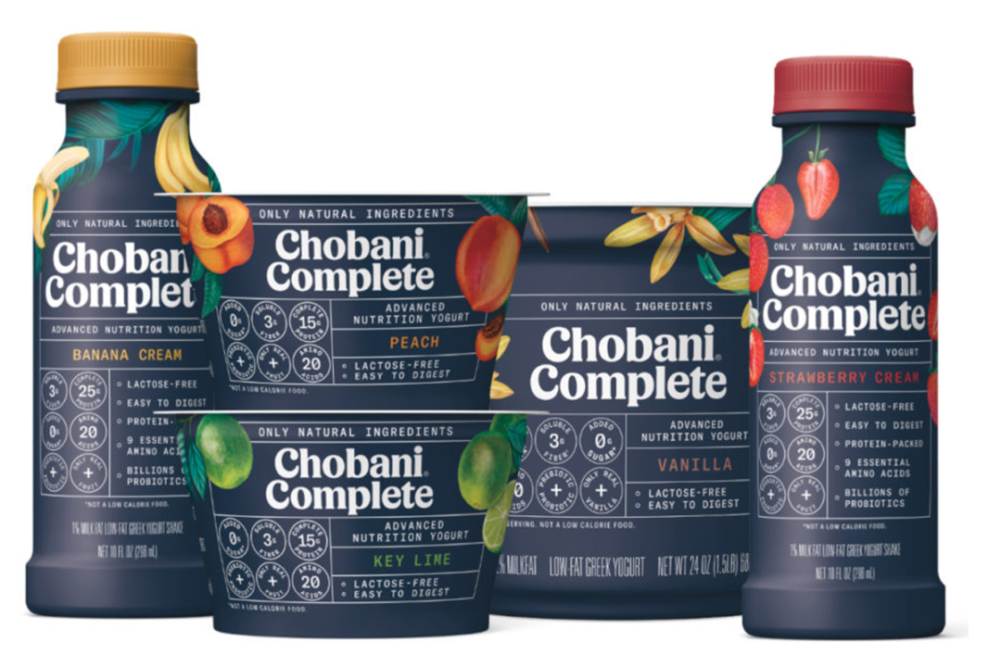LONDON — Nutrient density could increase in use as a marketing term over the next five years, said Julian Mellentin, director of food and nutrition consultancy New Nutrition Business. He included the term while writing the annual report “10 key trends in food, nutrition & health” for 2022 released by London-based New Nutrition Business.
“The concept of foods being ‘nutrient-dense’ has been floating around for more than 20 years in nutrition circles, but it has moved on rapidly lately, legitimized by the term ‘nutrient density’ being used prominently in the new US Dietary Guidelines,” Mr. Mellentin said.
Nutrient-dense foods and beverages provide vitamins, minerals and other health-promoting components, and they have no or little added sugars, saturated fat, and sodium, according to the Dietary Guidelines for Americans 2020-2025.
When New Nutrition Business asked consumers about nutrient density in its five-country survey, 12% said they had heard of it.
“One of the attractions of this terminology for marketers is that there is no single agreed definition, either in regulatory terms or in the mind of the consumer,” Mr. Mellentin said. “In practice, nutrient density is something that consumers learn about from social media, and they can lean towards whichever definition they find most appealing.”
Plants, grains, dairy and meat all could be considered nutrient dense. One example is Chobani, LLC, New Berlin, NY, promoting nutrient density in Chobani Complete, a fitness-oriented brand, and in Chobani Greek. In another example, a process preserves more of the bioavailable nutrition of almonds in the Elmhurst milk alternative brand. Other nutrient-dense foods include legumes, whole grains, nuts, seeds, cruciferous vegetables like kale and cabbage, berries, greens, and fungi, according to New Nutrition Business.
“Nutrient dense has value because it’s still a long way from becoming a meaningless marketing label in the way that ‘natural’ did, or that ‘plant-based’ is becoming,” Mr. Mellentin said.
The other nine trends in the New Nutrition Report were carbs — better and fewer, digestive wellness diversifies, fat fuels growth, plants made convenient, animal protein powers on, the plant protein paradox, sweetness reinvented, mood and mind, and provenance and authenticity.

